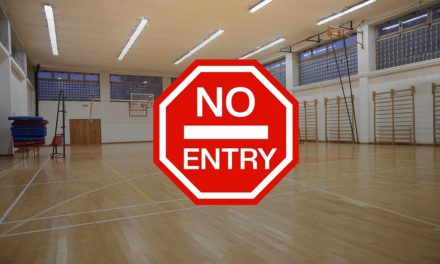Integrating maths with PE is yet another way schools and academies can seek to develop interdisciplinary lessons for children, and it doesn’t have to be as difficult as it first sounds.
With a few simple tips you can have a rugby lesson that is not only teaching them about the game itself, but also gets them to participate in maths lessons without them even realising it.
Obviously the year group you’re teaching will determine the level of complexity of the maths aspects of your rugby training but here are a few ways you can merge tackles and tries with algebra and measurements.
Use your environment
Talking about the size and the shape of the pitch is a great way to discuss perimeters and area. You can get them to measure the pitch length and width only on one side (hand out metre rulers if you want to keep them busy!).
From this information, the total perimeter of the pitch can be measured using only two measurements, and then the total area of the field calculated.
You can also use the shape of the field and goal posts to discuss parallel lines and angles.
Take advantage of any equipment you have to hand – if you have a burst ball, it can be opened out to find the net of this shape. Weigh pieces of equipment and explain the difference between weight and mass, and how to calculate density using displacement.
Get students involved
Using the players themselves can be used for simple additions. How many players on the pitch, each side, and total?
Assign a squad number to each student and ask them to keep track of the total value of the squad numbers on each side. Introduce rules to govern the maximum and minimum values of the total player numbers on each side and on the pitch.
You can also ask your students to calculate angles of attack and discuss how using different angles changes the end result when trying to break the gain line.
Maths and statistics
Ask how long different rugby match times are, and then ask for the time at which would be ‘half-time’ for games of various lengths. Sub-divide the match length time to emphasise using different tactics at various stages in a rugby match.
Record the time of every score and then use the data to work out how many points were scored on average in every 10 minutes of the game, how many were scored in the first half compared to the second half, the average number of minutes between scores.
Discussing competitive statistics of your students can help motivate them to become better rugby players as they try to achieve the best results in the class.
Use match results from professional games, or even inter-school games, to work out how many minutes are played per season, how many points are scored on average, mean, mode, median, who played the most games, which player scored the most tries or conversions.
If your team travels to other schools for matches, get your students to calculate the distances involved, travel times, amount of fuel used, and the cost of the fuel. You can even ask them to work out the cost of each point scored after an away game……although a poor result could make this an easy calculation!
Do you have any suggestions on how to introduce maths into your rugby lessons? Feel free to share them in the comments below.










